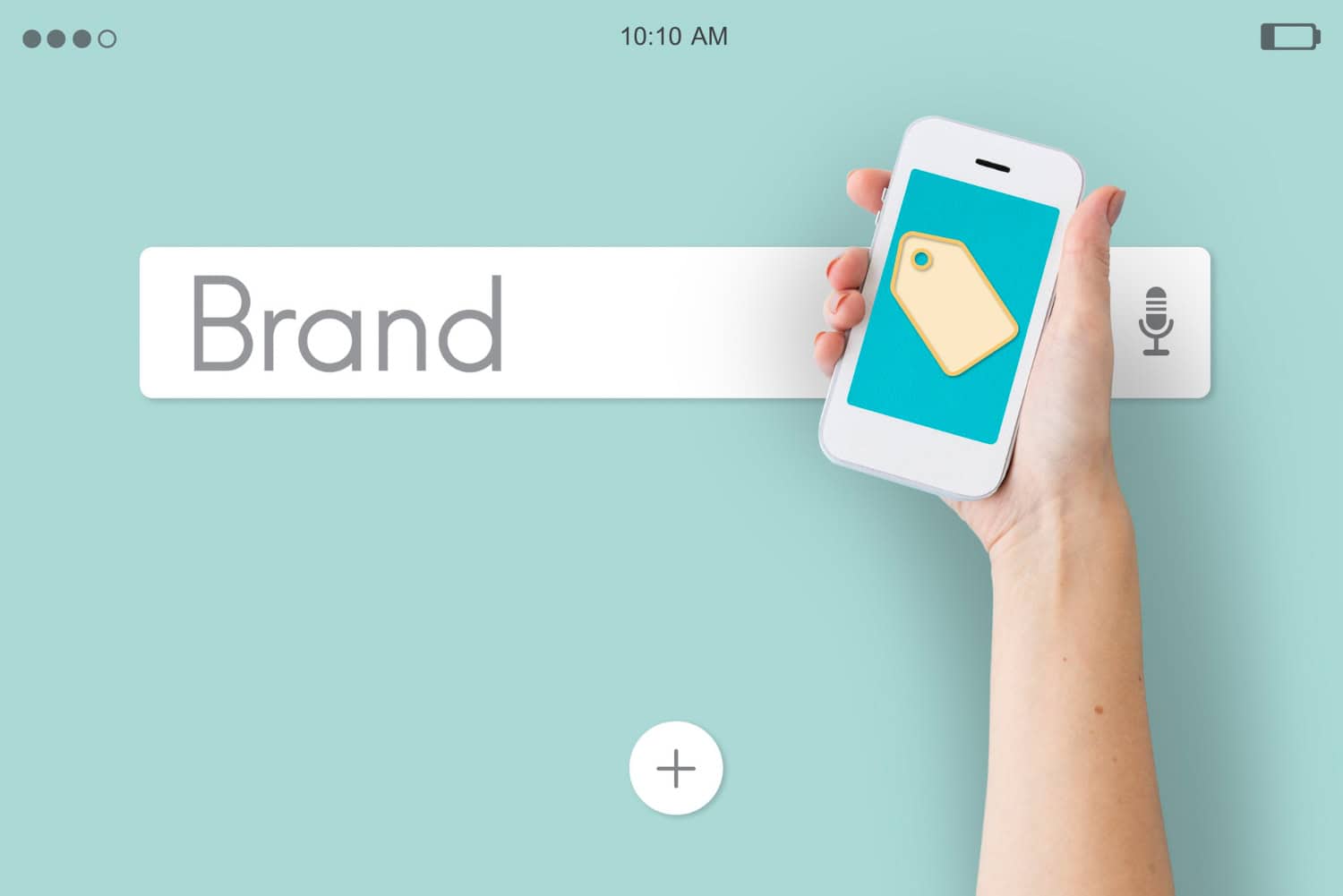
Budget Branding: How Small Businesses Can Compete with Big Names
Competing with industry giants can feel like an uphill battle, especially when your resources are limited. But for small businesses, branding is not about outspending competitors. It is about outsmarting them. With smart strategy, creativity, and consistency, even the leanest startup can build a recognizable and impactful brand identity.
Budget branding is no longer a subpar substitute. It has developed into a potent strategy for growing businesses to demonstrate their genuineness, cultivate client loyalty, and outperform their competitors in the market. Delivering a consistent message, maximising the use of available resources, and understanding your unique value are crucial.
Why Budget Branding Still Matters for Small Businesses
Branding is more than just a logo or color palette. It is the emotional and psychological relationship your business builds with customers. For small businesses, this relationship can become a major differentiator, particularly in local markets where trust and community involvement matter.
Communicating your company’s values and mission is key to effective branding on a budget. When done correctly, it builds credibility, promotes recurring business, and makes you stand out from the crowd. Customers can quickly learn what to expect from you by listening to the story your brand tells. Strong branding allows your company to stand out in a world where customers have too many options.
Discovering Your Brand Identity Without Breaking the Bank
Establishing your identity is one of the most crucial phases in inexpensive branding. Your mission, values, voice, and visual style are all part of this. By asking the right questions, small businesses can complete a large portion of this work internally, while large brands hire costly agencies to handle this process. What promises does your company make to its clients? When communicating, what tone do you want to use? Are you formal and professional or informal and friendly? These enquiries can direct your self-presentation in everything from your social media posts to the copy on your website.
Using free or low-cost tools like Canva for design or Google Forms for customer feedback can help you refine your identity without spending heavily. By focusing on clarity and consistency, you can build a brand that resonates.

Building a Brand Presence Through Digital Real Estate
Your website and social media profiles are often the first touchpoints for your audience. Having a clean, mobile-friendly website and active social presence does not require a massive budget. Tools like Wix, Squarespace, or WordPress make it easy to create professional sites at minimal cost.
Focus on keeping your voice consistent across a select few social media channels that are relevant to your audience. Engage with your followers, share valuable content, and post frequently. Digital consistency aids in message reinforcement and recognition building. Additionally, online directories and local SEO can increase visibility. Verify that Google My Business, Yelp, and other relevant websites have an accurate listing for your company. These little actions can make a big difference.
Leveraging Storytelling and Authenticity
Today’s consumers are drawn to authentic brands. For small businesses, this is a huge plus. Small businesses can showcase real people, real stories, and real experiences, whereas large brands often rely on scripted marketing. Providing behind-the-scenes glimpses into your operations or sharing your origin story fosters an emotional bond. These tales give your brand a human face and increase its relatability. Even over more established rivals, customers who relate to your story are more likely to stick with you.
User-generated content and customer testimonials also add authenticity. Encourage satisfied customers to leave reviews or share their experiences on social media. This peer-driven content builds trust and reinforces your branding on a budget.
Visual Branding That Does Not Drain Your Wallet
Your brand’s perception is influenced by your logo, colours, fonts, and imagery. Thankfully, free tools or freelance platforms can be used to create visual branding at a reasonable cost. You can create professional and unified logos and templates with websites like Canva, Looka, and Adobe Express. Designers who can produce unique branding elements at competitive prices can be found on Fiverr and Upwork. The most important thing is consistency. Your website, packaging, signage, and social media should all use the same colour scheme and logo. Over time, this consistency helps you become more recognisable and strengthens your identity.
Affordable Advertising and Community Engagement
Big brands have large media budgets. Small businesses can compete by thinking local and personal. Community engagement, word-of-mouth, and grassroots promotions are powerful branding tools.
Organise a local giveaway, partner with businesses in the area, or sponsor an event. These inexpensive projects increase awareness and foster goodwill. They also match your brand to relationships and values found in the real world. Additionally, digital advertising is now more widely available than before. You can reach specific audiences with even a modest investment in Facebook or Instagram ads. Track what works with analytics and make necessary adjustments.
Branding on a Budget with Content Marketing
Content marketing is one of the most cost-effective ways to build brand authority. Blog posts, videos, how-to guides, and infographics allow you to showcase your knowledge and provide value to your audience.
Creating blog posts about subjects your readers are interested in increases website traffic and trust. Even when recorded on a smartphone, video content can be used to introduce products, answer frequently asked questions, or offer tutorials. Frequency is not as important as quality and consistency. Long after they are published, a few well-written articles can still draw attention.

Partnering for Exposure and Growth
Partnerships are a smart way for small businesses to expand their brand reach without major investment. Consider teaming up with complementary businesses to run joint promotions, co-host events, or create shared content.
Cross-promotions strengthen your brand’s position in your niche while enabling you to reach new audiences. Select partners who cater to a similar clientele and have similar values. Strategic partnerships can result in low-cost customer acquisition and greater exposure.
Measuring Success and Adjusting Along the Way
Flexibility and a willingness to try new things are necessary for budget branding. Use metrics such as website traffic, social media engagement, and customer feedback to monitor the effectiveness of your branding initiatives. Email marketing platforms, Google Analytics, and Meta Insights are some examples of tools that offer useful data. Utilise these insights to improve your strategy by learning what appeals to your audience.
Sometimes the smallest changes in messaging or visuals can produce a noticeable difference. Continue to learn, test, and adapt as your brand grows.
Final Thoughts
Affordable branding relies on strategy, authenticity, and consistency; not shortcuts. Small businesses can create impactful brands by using digital tools, clear messaging, and a strong identity. By focusing on their unique story, they can build lasting connections and achieve meaningful growth.
